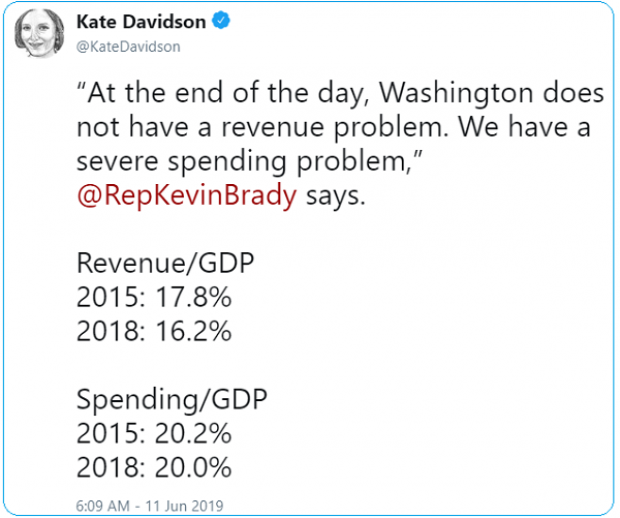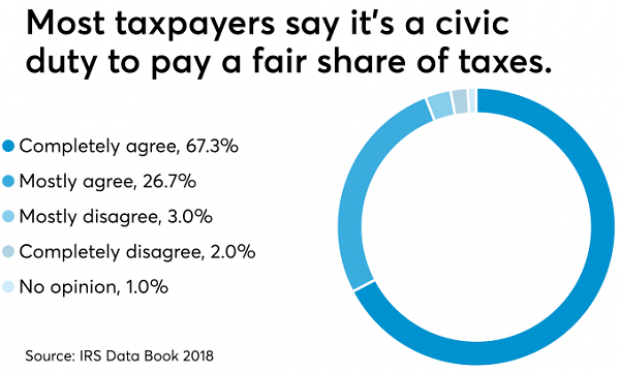Cockroaches, Rats and Mice: These Are the Country’s Most Infested Cities

New York really is the most infested city in the country, at least according to a Bloomberg analysis of Census Bureau data on cockroach, mouse and rat sightings.
The Big Apple doesn’t lead in any of those individual categories. Homes in Tampa, Fla., have the most roaches, and those in Seattle may have the most rats. Philadelphia houses had the most mouse sightings in the country. But when Bloomberg combined all three categories, New York came out with the highest cumulative score.
Perhaps surprising given the economic state of the city, Detroit residents were the least likely to report seeing a mouse, rat or roach.
Related: The Top 9 Summer Insects to Avoid and How
The data covered only 25 metro areas, so some large cities like Dallas, Los Angeles and San Francisco don’t appear on the list.
Roaches appear to enjoy nice weather. Nearly 40 percent of homes in Tampa had evidence in roaches in the past year, followed by Houston and Austin. Cities with the fewest roach sightings were Seattle, Minneapolis and Detroit.
Mice, on the other, hand, seem to prefer the northeast. Nearly 20 percent of Philly homes had evidence of mice, followed by Baltimore and Boston. Tampa, Jacksonville, and Las Vegas had the lowest percentage of mouse sightings.
More than 20 percent of homes in Seattle and Austin had rats, with Miami rounding out the top three. Richmond, Va., Hartford, Conn., and Minneapolis had the lowest level of rat sightings.
All those vermin lead to big business. Last year, the U.S. pest control industry generated nearly $7.5 billion in revenue, a 3.5 percent increase year-over-year.
Bloomberg reported that the data also showed a difference in infestation levels of homes with families living below the poverty line and minority families, which were more likely to report evidence of rats and roaches.
Top Reads from The Fiscal Times:
- Cecil the Lion Gives Voice to a Growing List of Illegal Slaughters
- How the Media and You Are Misled by False Data
- America’s 10 Top Selling Medications
Deficit Hits $738.6 Billion in First 8 Months of Fiscal Year
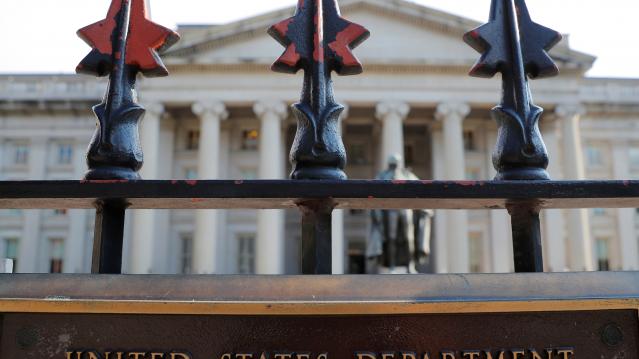
The U.S. budget deficit grew to $738.6 billion in the first eight months of the current fiscal year – an increase of $206 billion, or 38.8%, over the deficit recorded during the same period a year earlier. Bloomberg’s Sarah McGregor notes that the big increase occurred despite a jump in tariff revenues, which have nearly doubled to $44.9 billion so far this fiscal year. But that increase, which contributed to an overall increase in revenues of 2.3%, was not enough to make up for the reduced revenues from the Republican tax cuts and a 9.3% increase in government spending.
Tweet of the Day: Revenues or Spending?

Rep. Kevin Brady (R-TX), ranking member of the House Ways and Means Committee and one of the authors of the 2017 Republican tax overhaul, told The Washington Post’s Heather Long Tuesday that the budget deficit is driven by excess spending, not a shortfall in revenues in the wake of the tax cuts. The Wall Street Journal’s Kate Davidson provided some inconvenient facts for Brady’s claim in a tweet, pointing out that government revenues as a share of GDP have fallen significantly since 2015, while spending has remained more or less constant.
Chart of the Day: The Decline in IRS Audits

Reviewing the recent annual report on tax statistics from the IRS, Robert Weinberger of the Tax Policy Center says it “tells a story of shrinking staff, fewer audits, and less customer service.” The agency had 22% fewer personnel in 2018 than it did in 2010, and its enforcement budget has fallen by nearly $1 billion, Weinberger writes. One obvious effect of the budget cuts has been a sharp reduction in the number of audits the agency has performed annually, which you can see in the chart below.
Number of the Day: $102 Million
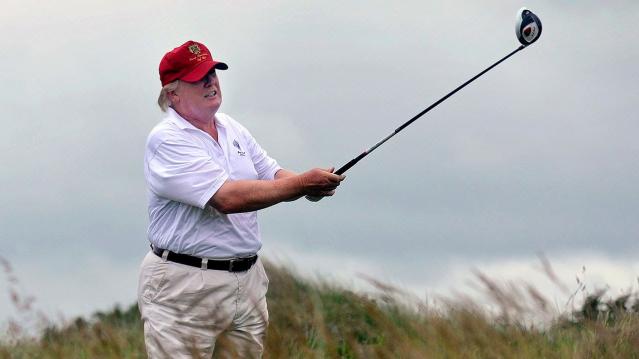
President Trump’s golf playing has cost taxpayers $102 million in extra travel and security expenses, according to an analysis by the left-leaning HuffPost news site.
“The $102 million total to date spent on Trump’s presidential golfing represents 255 times the annual presidential salary he volunteered not to take. It is more than three times the cost of special counsel Robert Mueller’s investigation that Trump continually complains about. It would fund for six years the Special Olympics program that Trump’s proposed budget had originally cut to save money,” HuffPost’s S.V. Date writes.
Date says the White House did not respond to HuffPost’s requests for comment.
Americans See Tax-Paying as a Duty
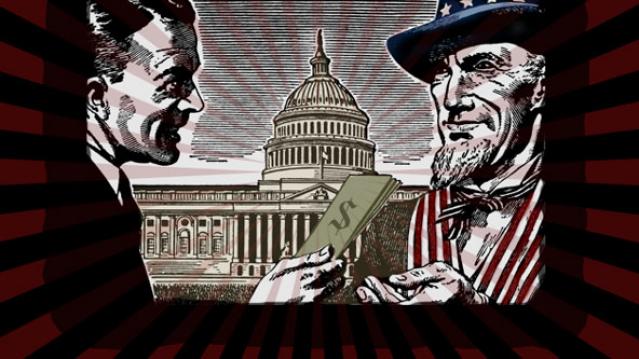
The IRS may not be conducting audits like it used to, but according to the agency’s Data Book for 2018, most Americans still believe it’s not acceptable to cheat on your taxes. About 67% of respondents to an IRS opinion survey “completely agree” that it’s a civic duty to pay “a fair share of taxes,” and another 26% “mostly agree,” bringing the total in agreement to over 90%. Accounting Today says that attitude has been pretty consistent over the last decade.

